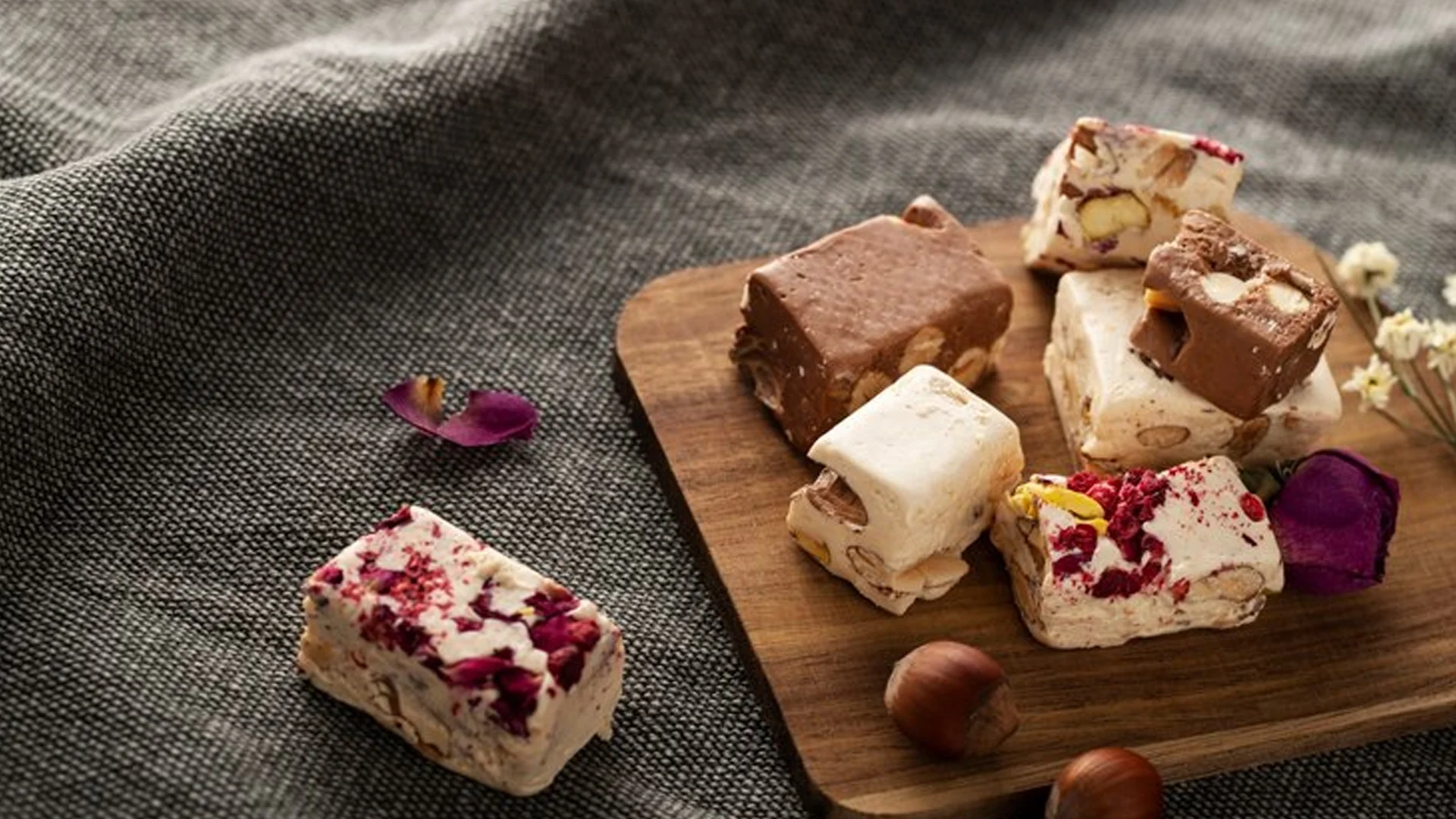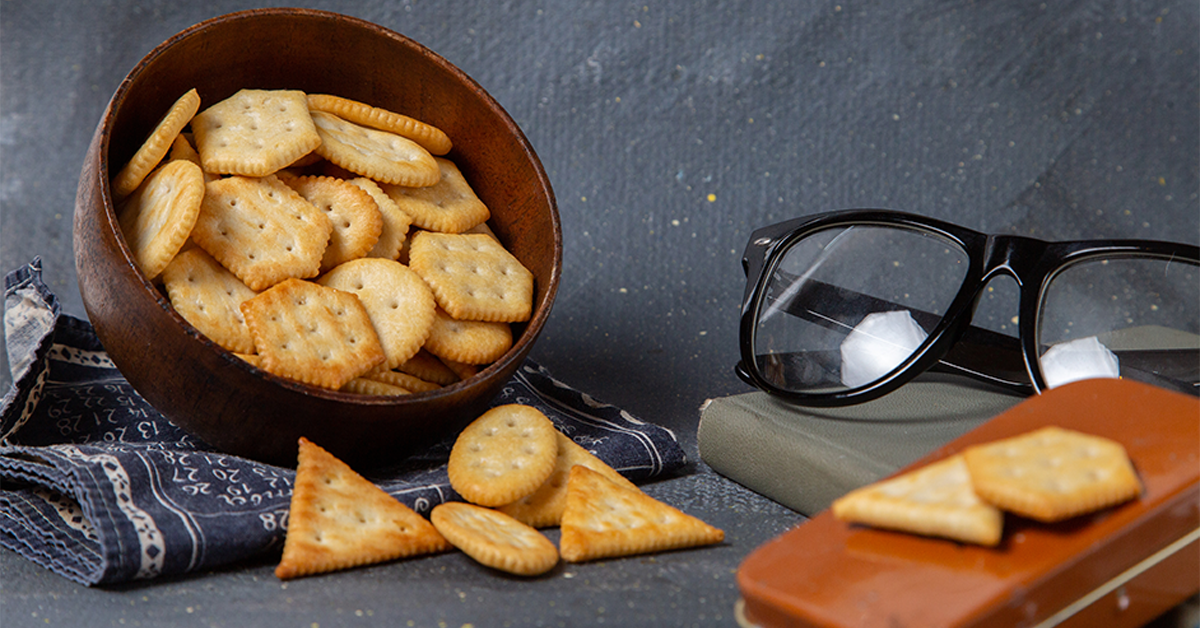Turron, a delectable confectionery that has captured the hearts of many, is deeply rooted in Spain’s culinary traditions. Often enjoyed during the Christmas season, this sweet treat offers a taste of history, culture, and innovation. In this article, we will explore the origins, types, and preparation of turrón, as well as its cultural significance and tips for enjoying this exquisite delicacy.
TRENDING
Stars-923 Unveiled: Delve Into Cosmic Wonders And Secrets
What Is Turron?
Turrón is a traditional Spanish nougat made primarily from almonds, honey, sugar, and egg whites. Its unique texture and flavor come from the careful balance of these ingredients, which are mixed and heated to perfection. There are various regional varieties of turrón, each with distinct characteristics that reflect the local culture and traditions.
Origins of Turron
The history of turrón dates back to the 15th century in Spain, where it was first crafted in the town of Jijona, located in the province of Alicante. The creation of turrón is believed to have been influenced by Moorish culinary traditions, which introduced the use of almonds and honey into the Spanish diet. Over the centuries, this sweet treat evolved, gaining popularity not just in Spain but also in various countries around the Mediterranean.
Types of Turron
Turrón comes in various forms, each offering a different taste experience. The two most well-known varieties are:
Turrón de Jijona
Turrón de Jijona, also known as soft turrón, is made from finely ground almonds and has a creamy texture. This variety is often enjoyed by those who prefer a smoother, melt-in-the-mouth experience. The ingredients are mixed with honey and sugar, then heated and poured into molds to cool and solidify.
Turrón de Alicante
Turrón de Alicante, or hard turrón, is characterized by its crunchy texture. This version contains whole almonds and is less sweet than its Jijona counterpart. It is typically cut into rectangular pieces and enjoyed as a snack or dessert.
Other Varieties
In addition to the two main types, there are numerous regional variations and innovative flavors of turrón, including:
- Chocolate Turrón: Combining chocolate with traditional ingredients for a rich twist.
- Fruit and Nut Turrón: Infusing dried fruits like figs or apricots for added flavor and texture.
- Specialty Turrón: Incorporating unique ingredients like spices or liqueurs to create artisanal versions.
The Cultural Significance Of Turron
Turrón is more than just a sweet treat; it holds a special place in Spanish culture, especially during the holiday season. It is often given as a gift, shared among family and friends, and enjoyed at festive gatherings. The act of sharing turrón is seen as a symbol of goodwill and togetherness, making it an integral part of Spanish holiday traditions.
Turrón in Spanish Celebrations
During Christmas, it is customary for families to prepare or purchase various types of turrón to celebrate the season. Many towns hold turrón festivals, showcasing local producers and their unique offerings. In recent years, turrón has gained international recognition, leading to a growing appreciation for this traditional treat beyond Spain’s borders.
How To Make Turron At Home
Creating turrón at home can be a rewarding experience. Here’s a simple recipe to make your own Turrón de Jijona.
Ingredients
- 300g of ground almonds
- 200g of honey
- 100g of sugar
- 1 egg white
- A pinch of salt
Instructions
Prepare the Mixture: In a saucepan, combine honey and sugar over low heat until the sugar dissolves completely. Remove from heat.
Add the Almonds: Gradually mix in the ground almonds and stir until well combined.
Whip the Egg White: In a separate bowl, beat the egg white with a pinch of salt until stiff peaks form. Gently fold the whipped egg white into the almond mixture.
Mold the Mixture: Pour the mixture into a rectangular mold lined with parchment paper. Press it down firmly to ensure an even surface.
Set and Serve: Allow the turrón to cool and set for at least 24 hours before cutting it into pieces.
Tips for Enjoying Turrón
- Pair with Wine: Turrón pairs beautifully with sweet wines, such as Pedro Ximénez or Muscat.
- Serve with Coffee or Tea: Enjoying turrón alongside a warm beverage enhances its flavors.
- Experiment with Flavors: Try different varieties to discover your favorite type of turrón.
Conclusion
Turrón is not just a treat; it’s a celebration of Spanish culture and tradition. With its rich history and variety of flavors, turrón continues to delight palates around the world. Whether you choose to indulge in the classic varieties or experiment with new flavors, this sweet journey through Spain’s favorite treat is sure to leave a lasting impression. So, gather your ingredients, share with loved ones, and enjoy the delightful experience that is turrón!
ALSO READ: Discover The Truth: Your Essential Guide To Before Its News
FAQs
What is turrón?
Turrón is a traditional Spanish nougat made primarily from almonds, honey, sugar, and egg whites. It is especially popular during the Christmas season and comes in two main varieties: soft (Turrón de Jijona) and hard (Turrón de Alicante).
What are the main ingredients in turrón?
The main ingredients in turrón are almonds, honey, sugar, and egg whites. Some variations may include additional ingredients like chocolate, dried fruits, or spices.
Where did turrón originate?
Turrón originated in Spain, specifically in the town of Jijona, Alicante. Its roots can be traced back to the 15th century, influenced by Moorish culinary traditions.
How is turrón traditionally served?
Turrón is traditionally served during the Christmas season in Spain, often as a dessert or snack. It is commonly enjoyed with sweet wines or warm beverages and is shared among family and friends.
Can turrón be made at home?
Yes, turrón can easily be made at home using a few simple ingredients. There are many recipes available online that guide you through the process, allowing you to create your own delicious variations.











